What is the breeding period of coffee beans? What do you want to keep coffee beans? How do you raise it? For how long?
Professional coffee knowledge exchange More coffee bean information Please pay attention to coffee workshop (Weixin Official Accounts cafe_style)
Can the coffee beans be brewed right away? Or coffee beans. How do you grow them? How long will it take?
In the boutique coffee market under a wave of promotion, in fact, many coffee lovers, including beginners, most of them have been popular science, coffee beans need to raise a good drink. But why raise them? How? For how long?
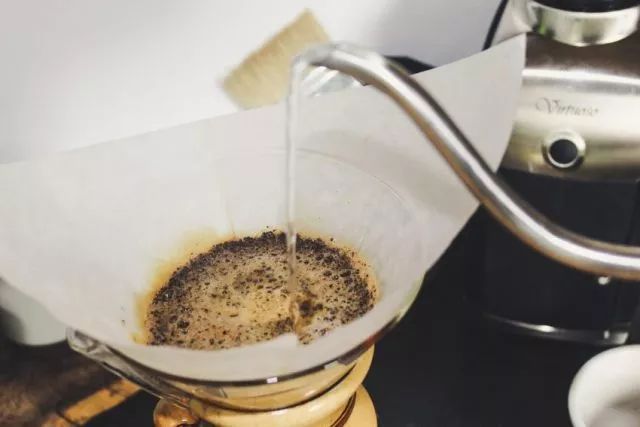
Before answering these questions, let's talk about coffee roasting.
In fact, the scientific community has never stopped discussing the chemical substances in raw and cooked beans. Even after such a long and expensive research, the scientific community still has many questions about many details. According to current estimates, we can find at least 1,000 different aromas in roasted coffee beans, but unfortunately we still don't know the exact number or even what they are made of.
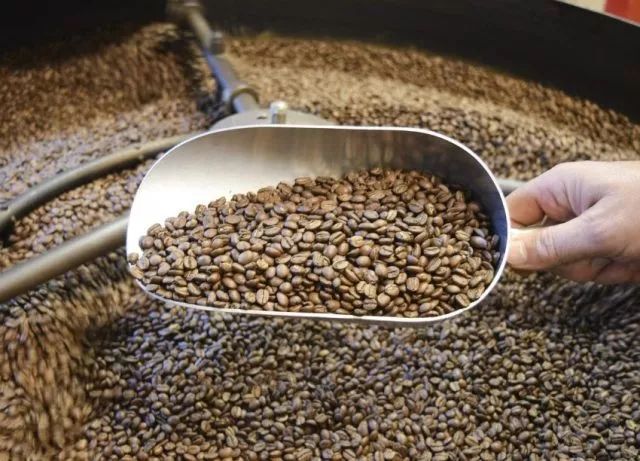
Each coffee bean contains about 200,000 individual cells, each of which functions like a tiny pressure vessel, like a small reaction device. During the early roasting stage, moisture in the green beans escapes rapidly and the fresh water in the coffee begins to evaporate. As the temperature of the coffee beans increases, evaporation of water causes pressure on the cell wall. Water plays a leading role in this process, and a series of very interesting physical and chemical reactions (so complicated that science students want to hit the wall) take place with the fat in the coffee. As the pressure increases, the cell wall begins to expand, and evaporation of water causes the cell wall to slowly harden. As the roasting process continues downward, the internal pressure of the beans increases, and coffee oil is carried into the tiny pores of the cell wall, creating a sealing effect that retains carbon dioxide, other aromatic substances, and coffee aromas.
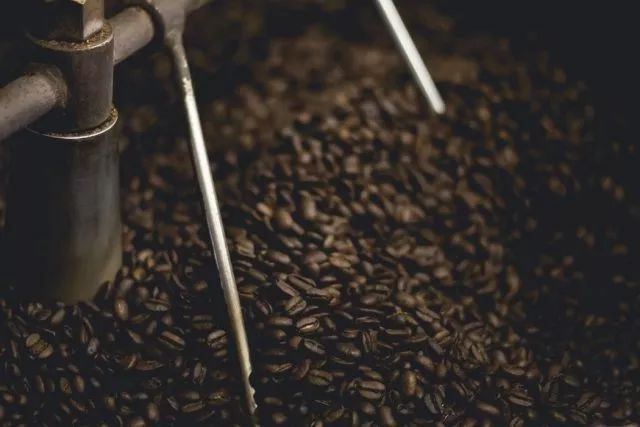
What is a raised bean (awake bean, ripe)?
Coffee beans are like living things, people with oxygen inhalation caused by cell oxidation, but also the process of aging, just roasted coffee is too young, did not reach the most mature stage, like people, after years of growth will create a more mature you, need to give coffee beans some time. To put it bluntly, raising beans is the process of "gas release", also known as waking beans, raising beans or ripening.
Fresh roasted coffee beans, about 2% of the weight of carbon dioxide, and this large amount of carbon dioxide with the storage environment, equipment or method of emission of carbon dioxide, so that the pressure in the package is higher than one atmosphere, and the pressure helps the aroma and oil fusion, so that all aroma substances inside the coffee beans to be easily extracted state.
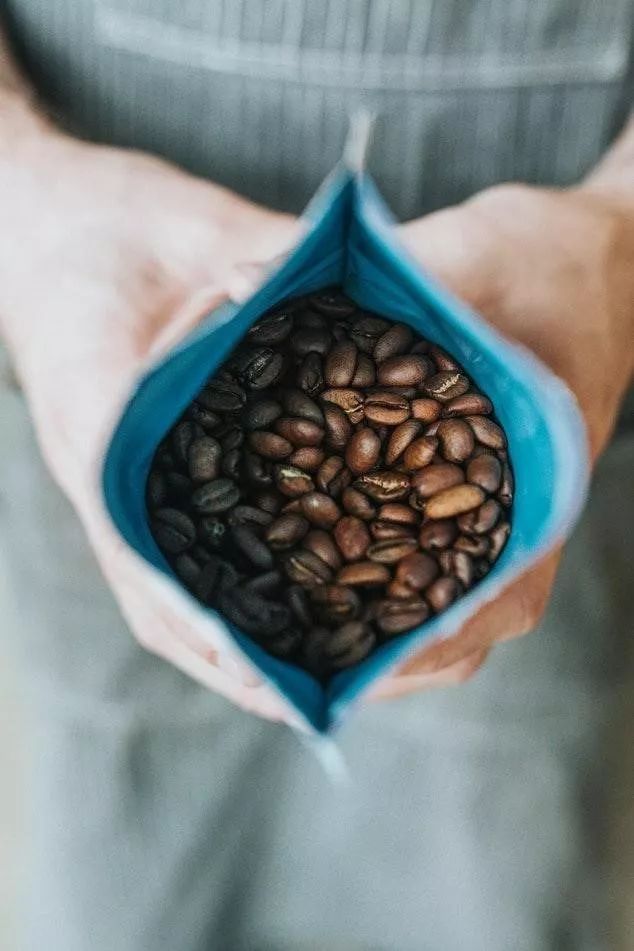
The one-way exhaust valve commonly found in coffee bean bags on the market is used to discharge excess carbon dioxide and avoid the bean bag being broken by carbon dioxide.
What does this have to do with packaging? This important question requires a peek into the cell wall structure of coffee beans. The cell walls in coffee beans are only about 5 microns thick, but they can withstand pressures of 140psi (pounds per square inch), mainly from carbon dioxide produced in the second half of the roasting process. Eventually, after a few days of the roasting cycle, a process called gas release begins, and carbon dioxide begins to escape from the beans.
The complete coffee bean exhaust process must be much longer than the exhaust process of coffee powder after grinding, and the phenomenon of coffee bean exhaust will also shorten the life of coffee beans. In the early stages of degassing, the air replaces the escaping carbon dioxide in a ratio of approximately 1:1, and the air contains approximately 21% oxygen, so the absorption of air will rapidly oxidize the coffee, the coffee will continue to exhaust, the internal pressure of the coffee beans will decrease, and the rate of degassing will begin to decrease. Over time, a 12-ounce bag of baked beans releases more than half a cubic foot of carbon dioxide.
Why do you want them? How does coffee affect taste?
Roasted coffee beans, flavor composition has been roughly determined, many people blame the coffee beans flavor changes every day, but as mentioned before, everything will be slightly deteriorated after oxidation, affecting the taste, may not be so fine taste on apples, but coffee will obviously feel the taste changes.
The experiment confirmed that the taste of coffee beans changed more in the first five days than in the following five days, mainly because the exhaust effect was most active in the first five days after roasting. Fresh roasted coffee beans release a large number of aroma factors and carbon dioxide, through the coffee beans roasted burst for small holes release, to the grinding, let these carbon dioxide run out, and in the brewing process instead isolated powder and water contact, resulting in insufficient extraction (Espresso's high-pressure rapid extraction is particularly obvious), and the time to push back the carbon dioxide layer becomes thinner, the contact area increases, the coffee also has more and more taste, so the coffee bean cultivation period is not really "raising" coffee beans, but a process of deflation and exhaust.
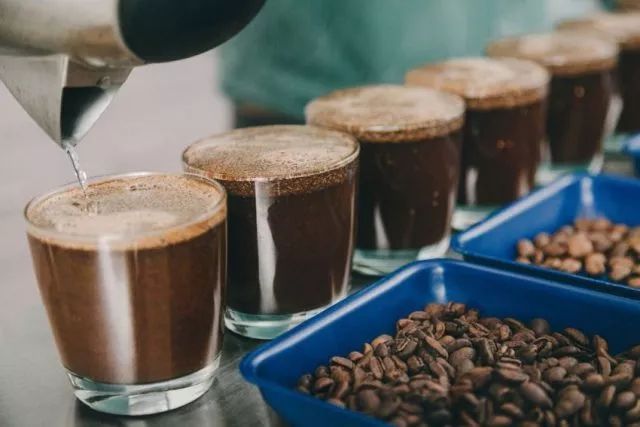
So, how do you grow beans?
Method of raising beans: unopened coffee beans are placed in a cool, dry, light-proof, odor-free environment. After the beans will be one-way exhaust valve paste (with transparent adhesive can be).
According to most experts, pressure-free coffee (e.g., hand-brewed coffee) should wait more than 6 hours (8-12 hours for cup testing), and Espresso coffee should wait more than 5 days.
Coffee beans do not release any carbon dioxide until the third hour after roasting. Coffee beans that do not release any carbon dioxide have a very unstable taste after brewing. If you have ever poured hot water into freshly ground coffee, or used it to make a cup of Espresso, you will find it very sharp and pungent on the taste. There is an over-extracted bitterness and obvious acidity. It will be difficult for you to think of it as smooth and sweet.
So remember that in any case, time is absolutely necessary for coffee to release carbon dioxide and stabilize the taste.
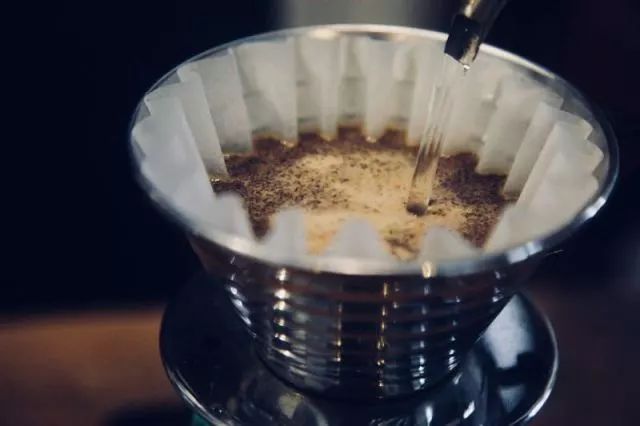
If all the carbon dioxide was gone, wouldn't it smell good?
Don't forget, with time, aroma factor is also constantly losing, and so you put it at that time brewed coffee may only bitter, some of the sour and sweet have been released by you, according to the degree of roasting or roaster's advice to raise beans is a better choice, in addition, it is also recommended that the process of raising beans can be shaken to let the coffee beans below can also be ventilated to the top.
In the best flavor period, it is possible to cause coffee beans out of the oil situation, in fact, is normal, but also a small warning, that is, the flavor of coffee beans has to accelerate the decline, remind you to hurry to finish brewing, will not waste the delicious coffee beans yo!
How long does it take? How do you differentiate them according to the degree of roasting?
There is no specific timetable for growing beans, only experience or advice from the baker. In general, the deeper the roasting, the stronger the exhaust effect, the looser the coffee beans, and the faster the carbon dioxide is released.
Atmospheric extraction coffee beans: 14 days for very light roast; 10 days for light roast; 7 days for medium roast; 4 to 5 days for medium deep roast.

Italian coffee beans: Italian coffee beans are generally roasted to more than medium and deep roasting, so it takes at least 5 days to raise beans, about 10--15 days after roasting, the aromatic substances in the oil will be more stable, and the coffee aroma and body after brewing will increase, and the stability will be higher. However, coffee beans for business use usually do not have so much time to grow, so they will accelerate the awakening of beans under contact with air, so that coffee beans can reach the smooth phase as soon as possible.
The deeper the baking, the more obvious (faster) the outgassing and the faster the outgassing to maturity. The lighter the roasting, the less obvious (slower) the outgassing and the longer the ripening time.
Each bean baking method, technology or baking degree is slightly different (for example, the beans from the hot air baking machine usually enter the best flavor period earlier), so there is no standard time for raising beans, depending on the user's understanding of the beans!
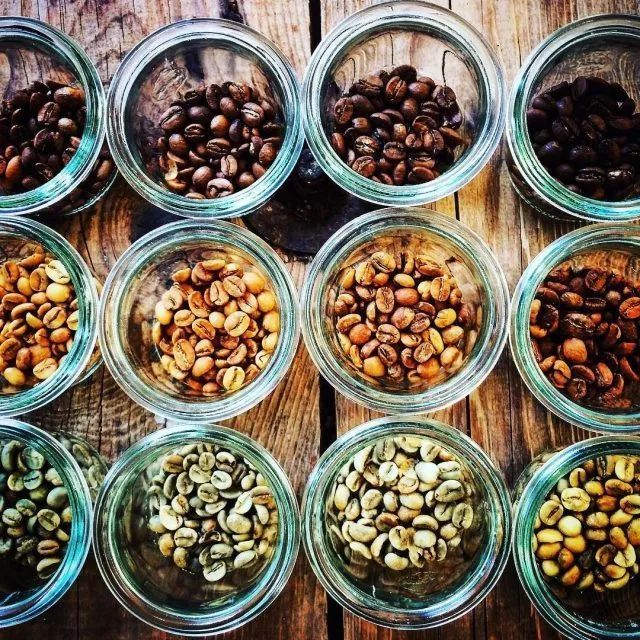
What is the best way to brew coffee at different growing stages?
To extract the best flavor of coffee beans, it is necessary to correct and confirm the coffee grinding thickness and adjust the amount of powder used. The older the beans are, the more holes they have, and when you grind them, they break up more easily. At the same time, the exhaust reaction is weakened, allowing water to contact the coffee powder more easily for extraction. Hot water can dissolve the substances more easily.
Therefore, in general, the longer the beans are stored, the more careful you should be about over-extraction-you can try to reduce the water temperature/adjust the coarse grinding degree/reduce the extraction time/reduce the stirring, and achieve the goal of balanced extraction.
Important Notice :
前街咖啡 FrontStreet Coffee has moved to new addredd:
FrontStreet Coffee Address: 315,Donghua East Road,GuangZhou
Tel:020 38364473
- Prev

Will drinking black coffee be sour and bitter? How should I taste the black coffee?
Professional coffee knowledge exchange more information about coffee beans Please follow the coffee workshop (official Wechat account cafe_style) when you order coffee in a cafe, the first question is which do you usually prefer sour or bitter? Can you accept acidity? Sour? Why is the coffee sour? Is it sour? We all have such doubts in our minds. So there is such a misunderstanding that baristas generally say
- Next

What is a cup test? How to carry out cup test and score? -detailed scoring criteria for SCAA Cup test items
Professional coffee knowledge exchange more coffee bean information please follow the coffee workshop (Wechat official account cafe_style) cup test what do you need? The tools needed for cup testing are very simple: grinder, scale, thermometer, cup, spoon, the ratio of coffee beans to water is also specified: the ratio of water: 8.25g coffee beans with 150ml water, the water temperature should be 92.2-94.4C
Related
- How did the Salvadoran coffee industry develop in Central America?
- What exactly does the golden cup extraction of coffee mean?
- The Origin of Coffee flower
- [2023 Starbucks World Earth Day] there are more meaningful things besides free Starbucks coffee!
- What kind of coffee is there in Spain? 9 Flavors of Spanish Coffee
- Aromatic African coffee| Kenya's coffee culture and historical production area
- Liberica Coffee Bean knowledge: the characteristics of Liberian Coffee beans of the three original species of Coffee beans
- The origin and formula of Spanish latte introduces the taste characteristics of Bombon coffee in Valencia, Spain.
- How to adjust the solution of over-extracted coffee
- What is the tasting period of coffee beans? What is the period of coffee and beans? How should coffee wake up and raise beans?

